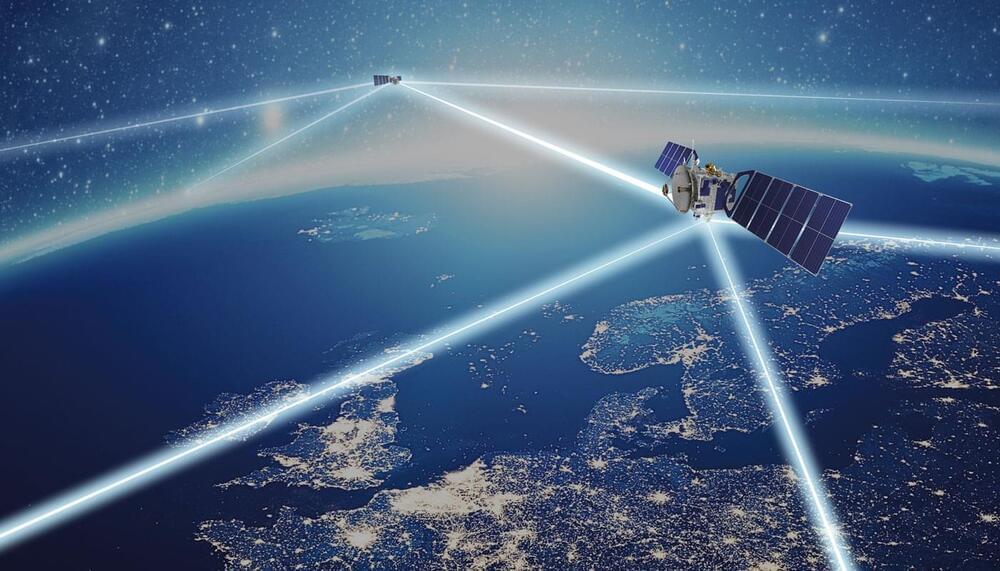Oct 9, 2024
Twisted Black Hole Accretion Disks Revealed by XRISM’s Cutting-Edge X-Ray Vision
Posted by Saúl Morales Rodriguéz in categories: cosmology, satellites
XRISM is transforming our understanding of supermassive black holes and their galactic neighborhoods, providing high-resolution X-ray spectra that reveal complex structures like twisted accretion disks.
This groundbreaking international space mission, a collaboration between JAXA, NASA, and ESA, is only beginning to unveil the intricate details of black holes and their impact on galaxy formation, with early data already confirming long-held hypotheses.
Initial data from an international space mission is confirming decades of hypotheses about the galactic environments surrounding supermassive black holes. Yet, even more thrilling is the satellite behind this data—the X-Ray Imaging and Spectroscopy Mission (XRISM)—is just getting started providing such unparalleled insights.

















